The Cumbrian Coast Railway connects Carlisle to Barrow-in-Furness along the scenic Cumbrian coast.
It’s no secret that we love a good train ride, so when Northern had a sale in January we snapped up tickets on the Cumbrian Coast Railways from Carlisle to Barrow-in-Furness for £2 each! It was a glorious train ride on a glorious sun-dappled day and would have been perfect if Northern had bothered to clean the windows of the coaches and let passengers enjoy the vistas of the Irish Sea.


The watery light of winter mornings cloaked us as we stood shivering on the platform at Carlisle waiting for the train doors to open. It was a tiny two-coach Northern train. The doors open shortly and we found seats by the window (sit on the right to see the sea). Soon we were off, shooting west towards the coast.
There are 25 stops (some of them are request stops) along the 2.5 hours ride, some with very interesting sounding names such as Aspatria and Corkickle. Between Carlisle and Maryport, the train traverses the verdant Cumbrian landscape. After Maryport which is popular with families for the Lake District Coast Aquarium, the train turns south towards Workington and soon you can see the Irish Sea. What a moment of joy when we first get a glimpse of the waters!
Also read: Check out our guides to car-free Lake District holidays: Things to Do In Borrowdale (Car-free Edition) and 4 Days in the Lake District (Central Lakes) by Public Transport.




Cumbrian Coast Railway
If you are interested, here’s a map of the stops on the Carlisle to Barrow-in-Furness line. From Barrow-in-Furness, you can continue onwards to Lancaster.
Tickets are £17.80 for an Off-Peak Day Return. Day ranger tickets are available from Northern for £24 (May, 2023).
Here are some trivia about some of the stops on the Cumbrian Coast Railway:
- Wigton grew from an ancient settlement developed around the Roman fort, MAGLONA. You can still see the ruins of the fort.
- The name Aspatria is part-Scandinavian: from askr, an ash-tree, plus the name Patrick, and means “[place by] St Patrick’s ash-tree”.
- According to the Community Rail Cumbria website, “Harrington heralded an innovative new approach to enabling easier access to trains. DDA compliant ramps were invented to assist access to the trains where platforms were too low. The town gave its name to the invention as the “Harrington Hump” in 2008 and now many stations and rail users across the country benefit.”
- The port of Whitehaven dates back to the 17th century and was once the third largest in the UK with trade links all over the world.
- Corkickle has an interesting name for sure! According to Whitehaven News, “On the site of what was Whitehaven Castle (on the Flatt Walks), it was rumoured that there were ancient ruins of Druidical origin, where their great-council was held. Amongst the ruins were a number of stones believed by the local populace to be enchanted warriors and these were given the names “Dead ‘Ring’ or ‘Circle’” or ‘Corpse Circle,’” from which the name Corkickle is allegedly derived, it being a part of the town adjacent to the Flatt Walks.” However, Ekwall suggests that this name was originally given to the spur of the hill between Corkickle and the river Keekle, and that the first element is the Middle Irish corr , ‘point, peak.’
- The Coast to Coast Walk begins at St. Bees.
- Pearson’s 1992 railway guide describes the Nethertown station as seemingly “suspended between the cliff face and the sands”.
- The sand dunes at Drigg are a Site of Special Scientific Interest.
- From Ravenglass station, you can ride the scenic Ravenglass & Eskdale Railway one of England’s oldest and longest narrow-gauge railways.
TIP: If you have time, get a day ranger ticket and stop at some of the charming seaside towns along the way.


Quaint stations pass by. Fields full of sheep. Whitewashed cottages. Coastal villages. We rush through attractive landscapes with promises of returning and walking the Cumbria coastal path. After Millom where there is an interesting museum containing a model railway highlighting the heritage and social impact of the Cumbrian Coast line, we move north, inland. Marshy land borders the banks of the Duddon estuary, a Ramsar site and an important birding area where you can species such as include pintail, red knot, common redshank, red-breasted mergansers, Eurasian oystercatchers, ringed plover, dunlin, and Eurasian curlew. The train makes a U-bend at Foxfield and we are again travelling south, past Kirkby and Askam and soon we are in Barrow-in-Furness.




Have you travelled on the Cumbrian Coast Railway?
Like it? Pin it!




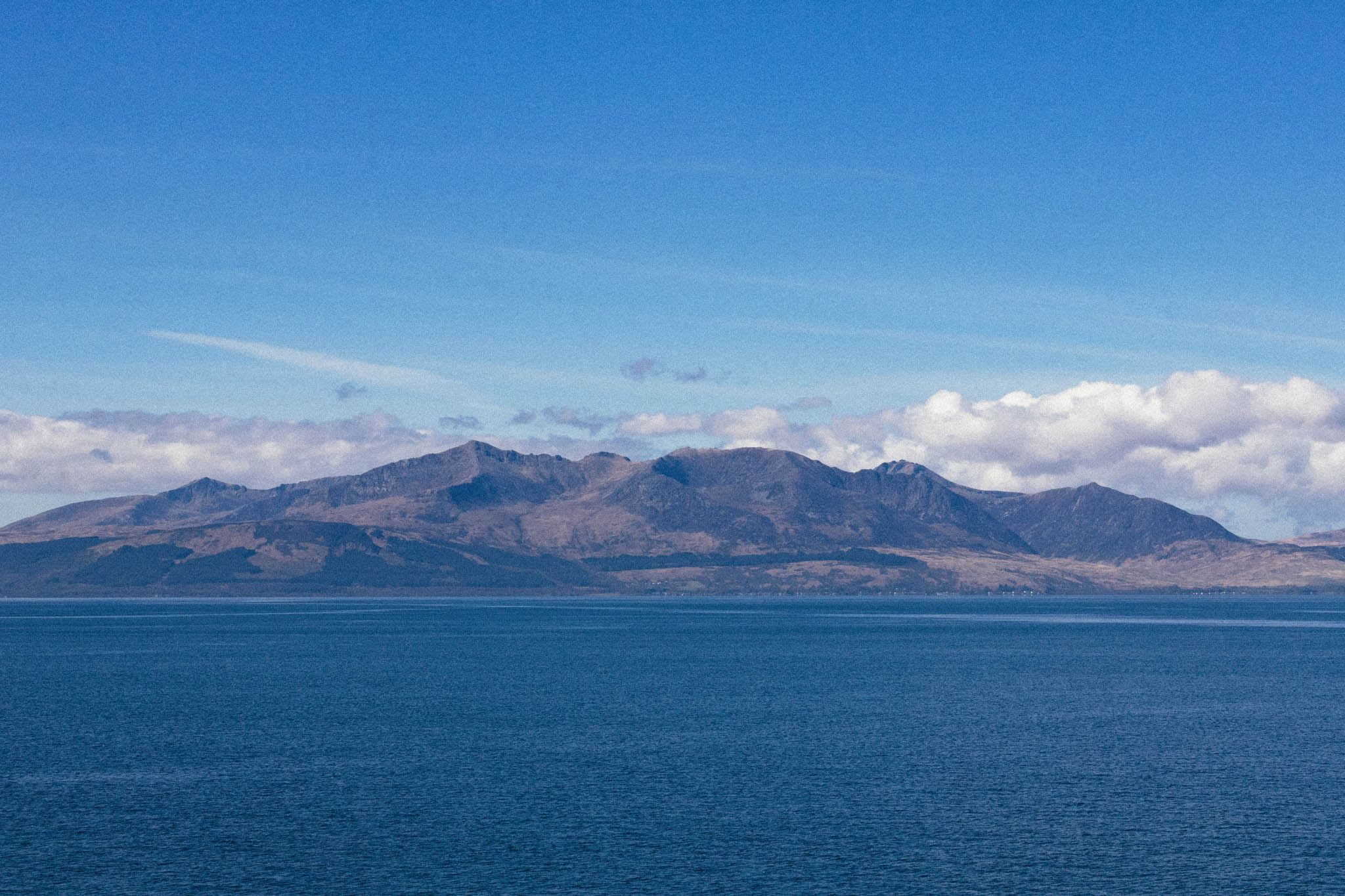
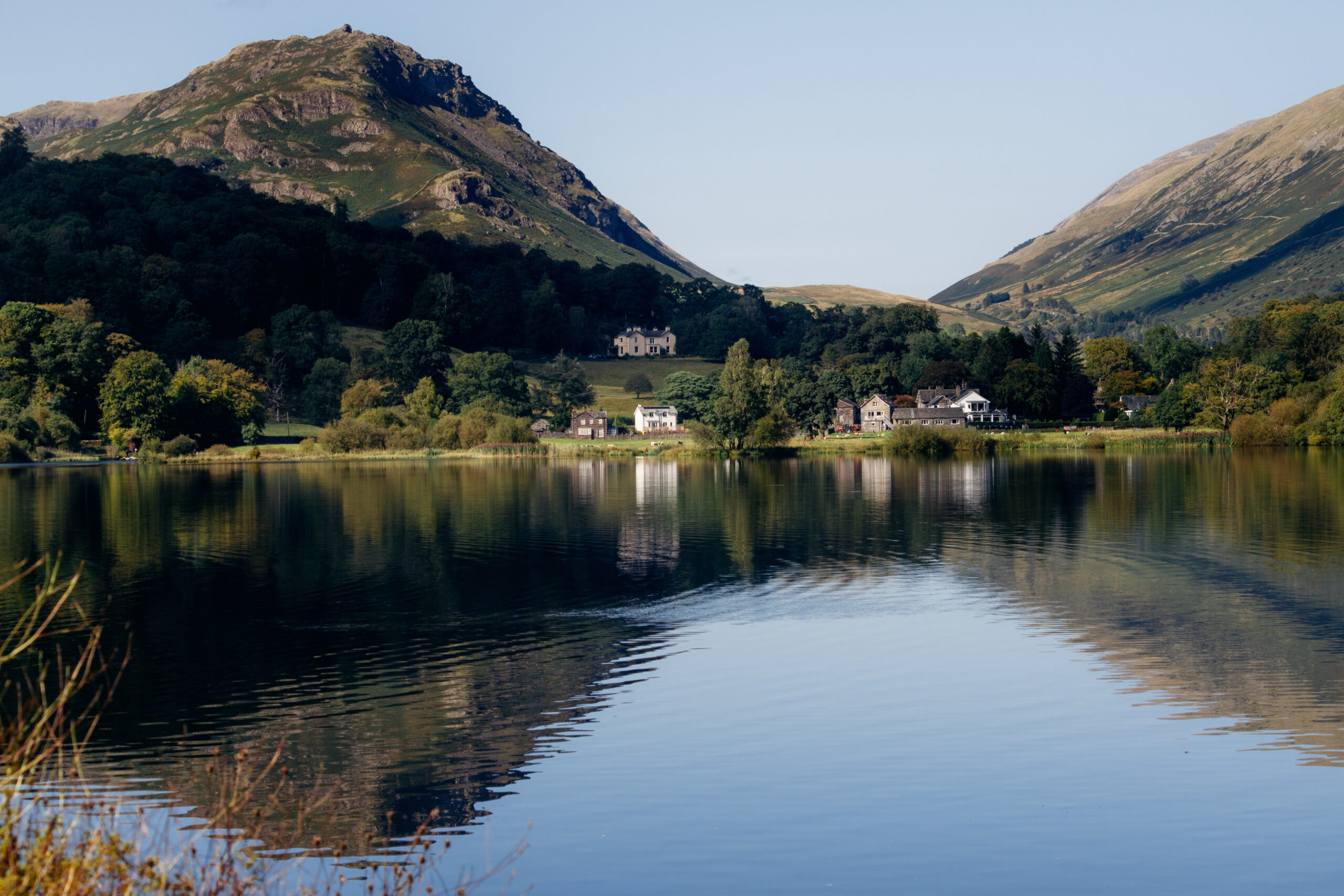

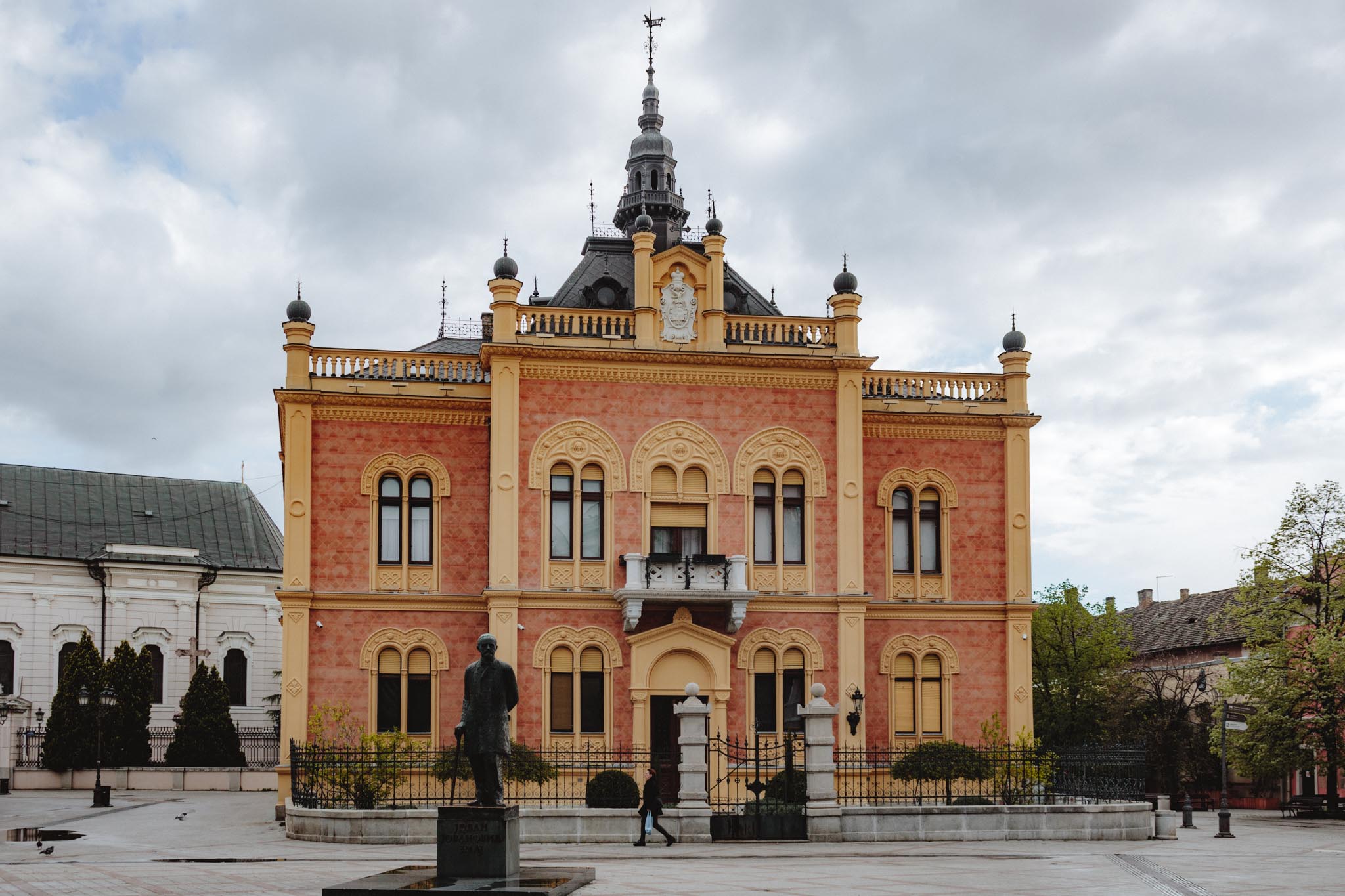
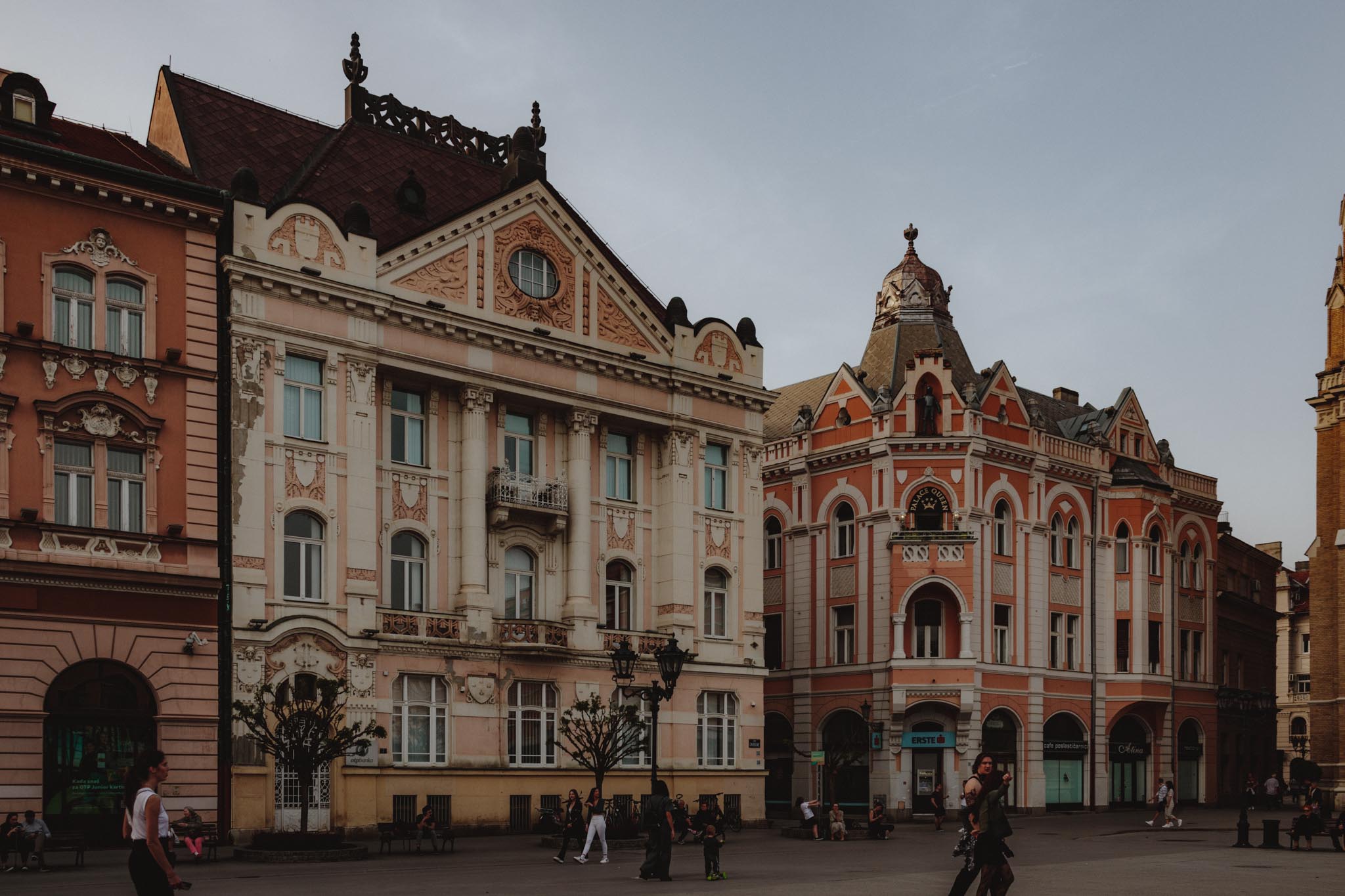

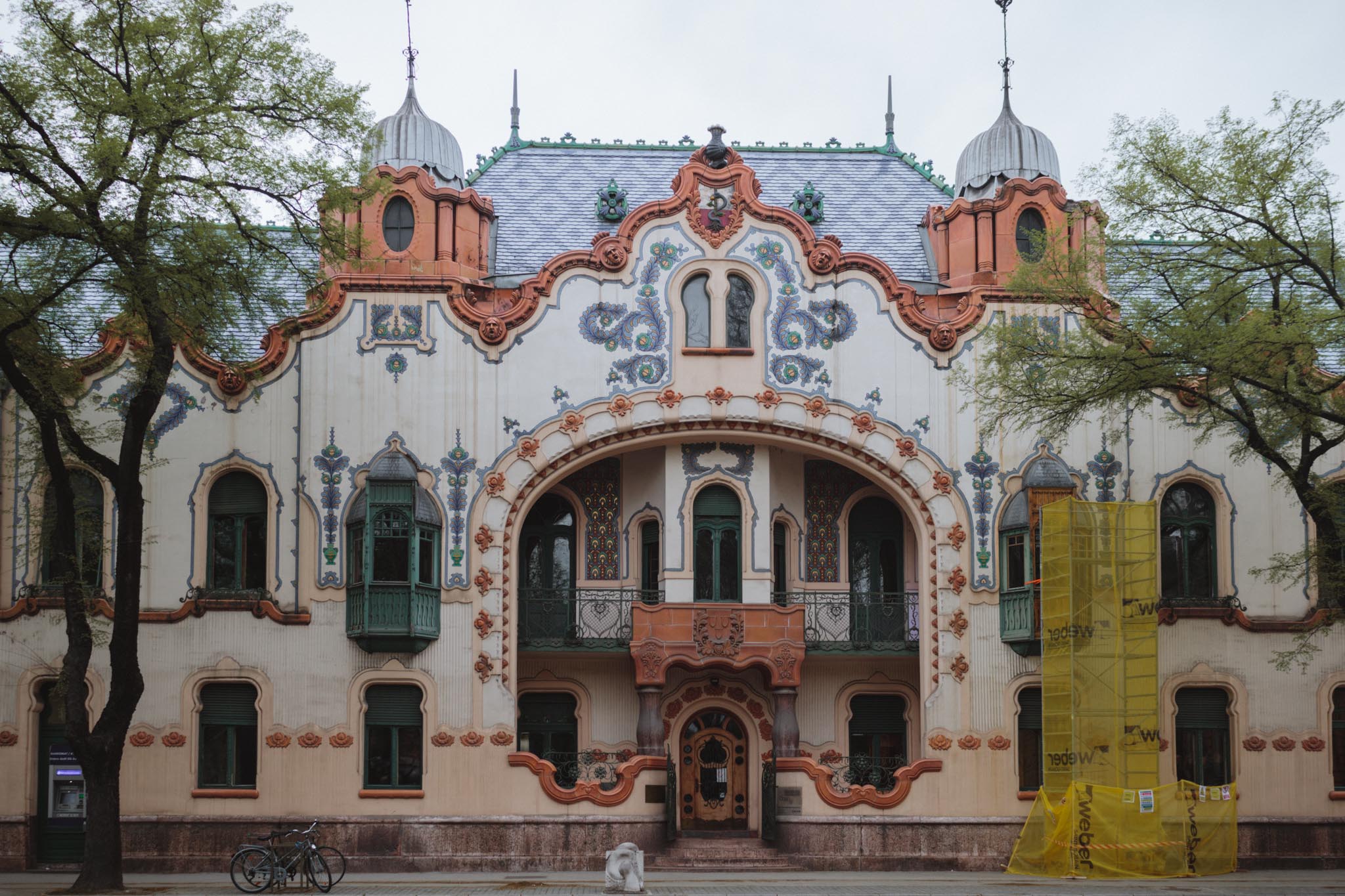


Leave a Reply